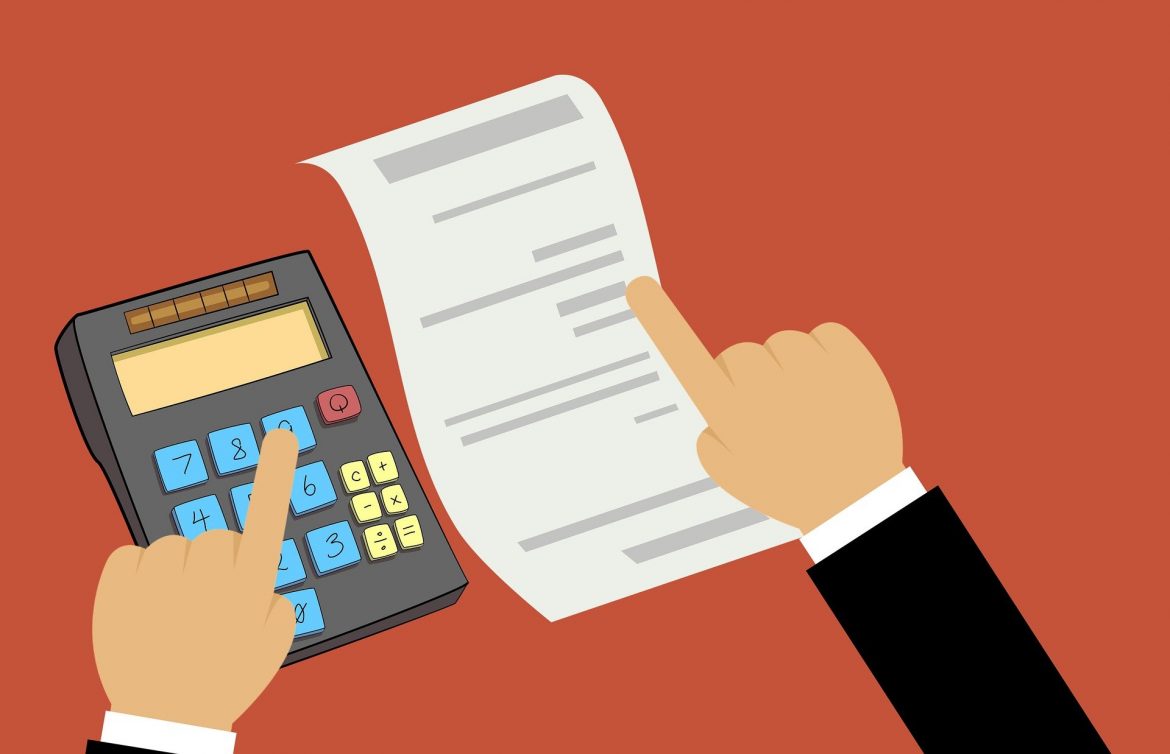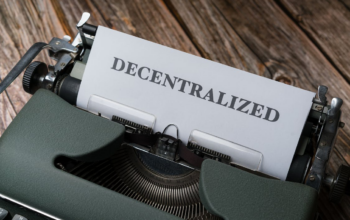Italy is on the way to digitizing B2B invoices after requiring e-invoicing in the public sector. The centralized SDI platform (Sistema di Interscambio) will become mandatory on January 1, 2019, for companies issuing invoices to third parties. What is the system’s function and how am I required to submit my invoices? Using Italian electronic invoices requires some technical knowledge. We will guide you through the process. For more information, visit tecnoacquisti.com.
In whose interest does the obligation lie? To what extent does it apply?
The requirement for electronic invoicing for hydrocarbon suppliers (oil and gas) and companies reliant on subcontractors has been in place since July 1, 2018. The requirement will apply to all companies starting January 1, 2019, regardless of their scope of activity: B2B, B2C, or B2G (a relationship between companies and government administrations).
Invoice verification and transmission system: the SDI
There is a platform called SDI (Sistema di Interscambio) in Italy for validating invoices and distributing them. Agenzia delle Entrate oversees the system, an organization responsible for compliance with company tax laws.
When an invoice is received on the SDI, its validity and format are verified with the company issuing it before transmission to the recipient. A notice is sent to the issuer when the invoice fails to meet certain technical requirements for digitization.
Data that is contained in the invoice is not verified, only the invoice format is verified. The invoice cannot be added to the payment circuit if it has not been validated by the SDI.
Issuance of electronic invoices and their format
Technical specifications define how electronic invoices must be formatted according to XML (eXtensible Markup Language) and adhere to the rules and schemas. Invoices can be signed and attached if necessary. There is a file size limit of 5 MB per document.
Invoices are kept over time in what way?
Issuing companies and final recipients can view electronic invoices transmitted by the SDI until December 30 of the following year. If an invoice is sent to the SDI on August 7, 2018, its recipient may view that invoice until December 2019 on the Agenzia delle Entrate portal.
Additionally, Agenzia delle Entrate will store invoices in the system for free if an agreement is signed with them. Laws stipulate that electronic invoices are held for 10 years in this case.
Invoicing intermediaries – what about them?
It is also possible to use an outside provider to ship and issue delivery receipts if the electronic invoice can be issued directly by the company. In general, these companies are accounting firms, EDI providers, ERP providers, etc.
The data transmitted is only the responsibility of the issuing company. EDI invoices are transformed into XML by the service provider before being sent to the SDI.



